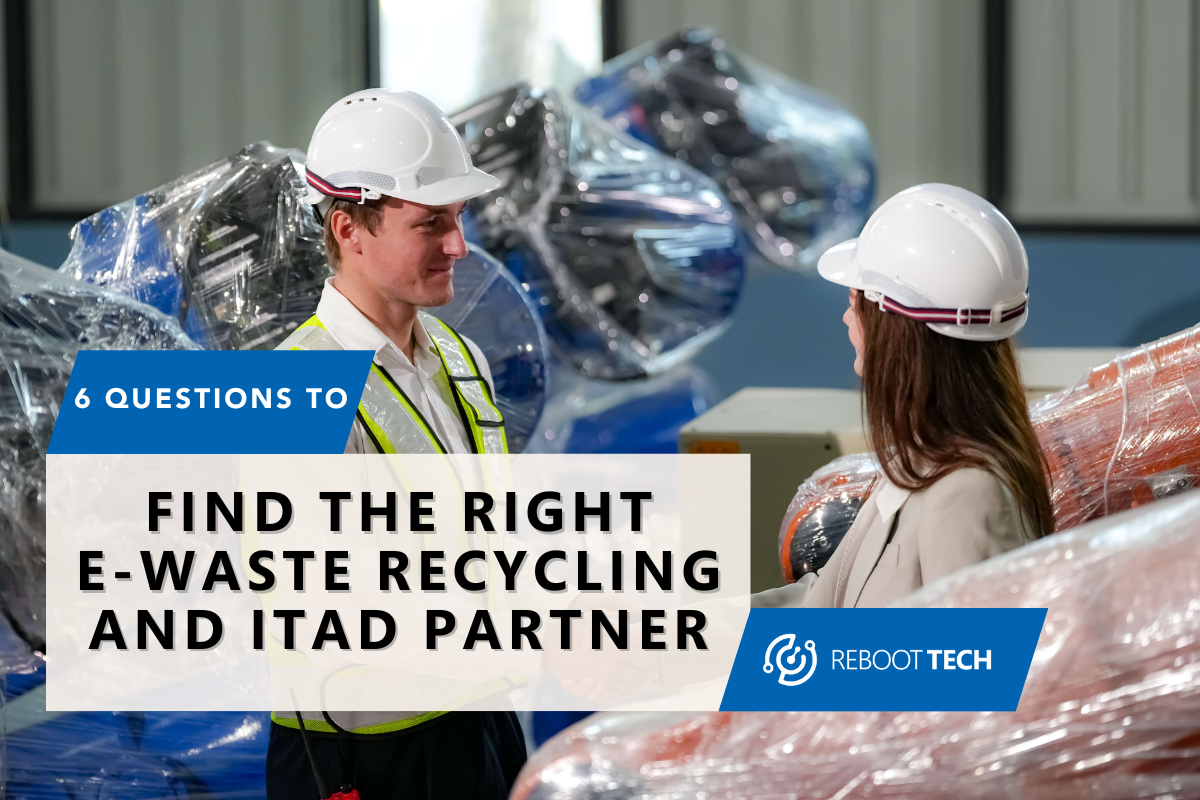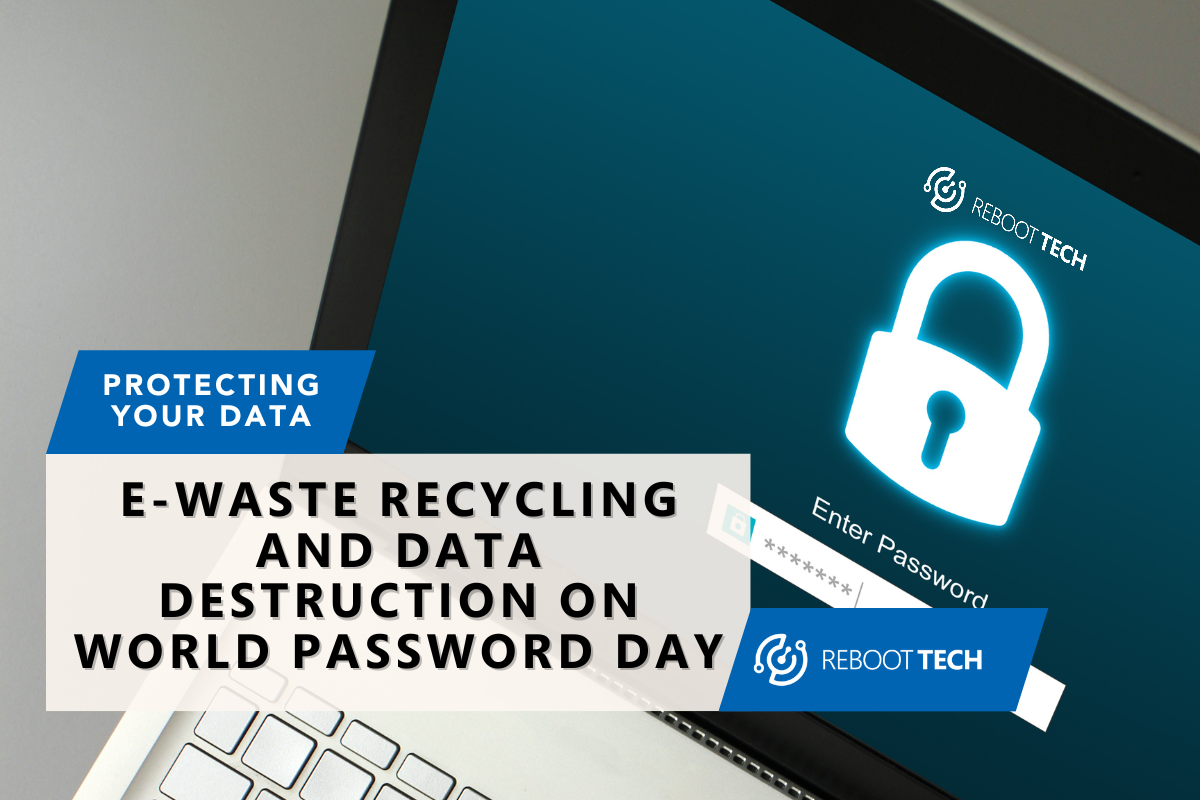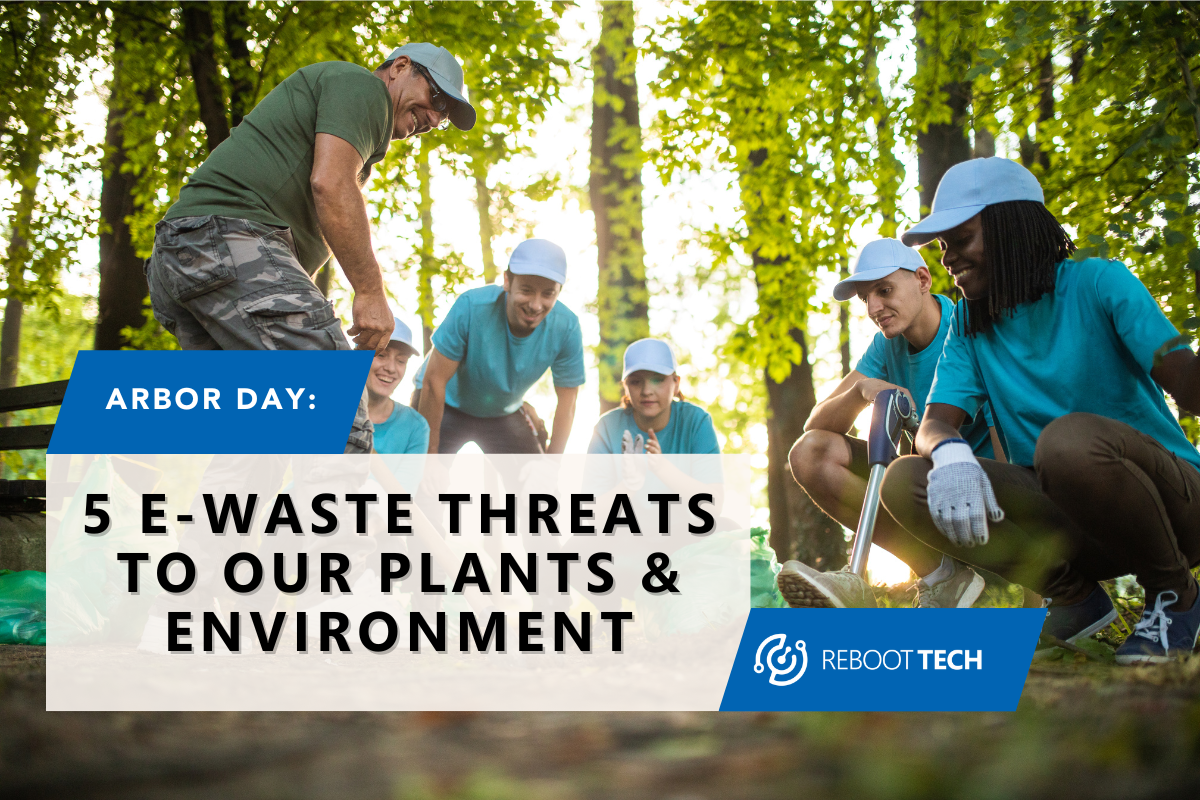
Arbor Day: 5 E-Waste Threats to Our Plants & Environment
Our planet’s plants and environment face numerous threats, with one of the most pressing being electronic waste or e-waste. Also, today is a special day! Today is World Arbor Day. This day was first created on January 4, 1872, and was proposed by J. Sterling Morton as a day to emphasize the importance of planting trees.
There are many things that are negatively affecting our environment and preventing plants from being healthy. From carbon emissions, fossil fuels, plastics, cutting down forests, and farming livestock, this all harms public health. But, another one that people don’t often see as a big issue, is our electronic waste (E-waste).
Now, it’s celebrated all over the world and has evolved beyond just planting trees. World Arbor Day has become very similar to another nearby environmental holidays such as Earth Day. It exists to remind us why we need to protect our Earth as a whole and what we can do to fight against climate change.
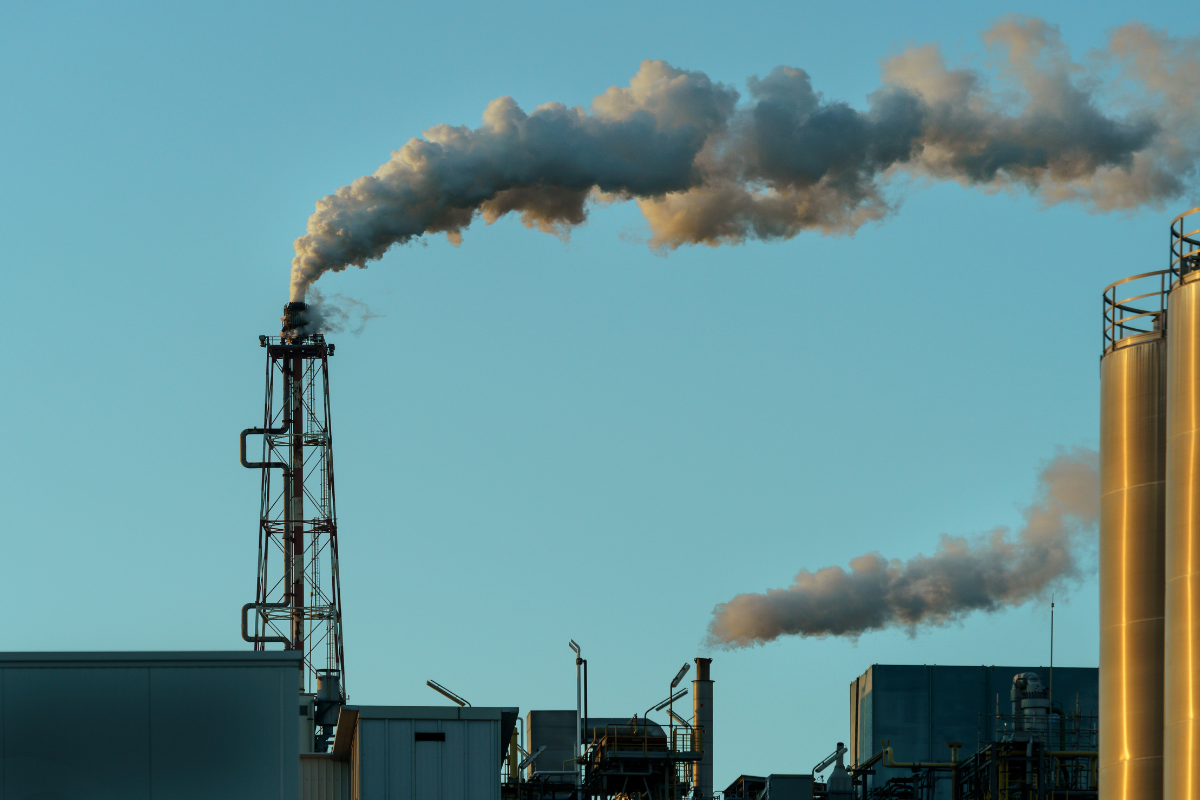
In this blog, we’ll go over 5 ways this waste stream threatens our environment and some potential solutions we can do on Arbor Day.
Understanding its Environmental Impact
E-waste is currently the fastest-growing waste stream globally, posing significant challenges to our environment. It may not seem obvious as we don’t walk around the street, and see a TV laying around on the sidewalk as we do with plastic bottles, but it is growing very fast.
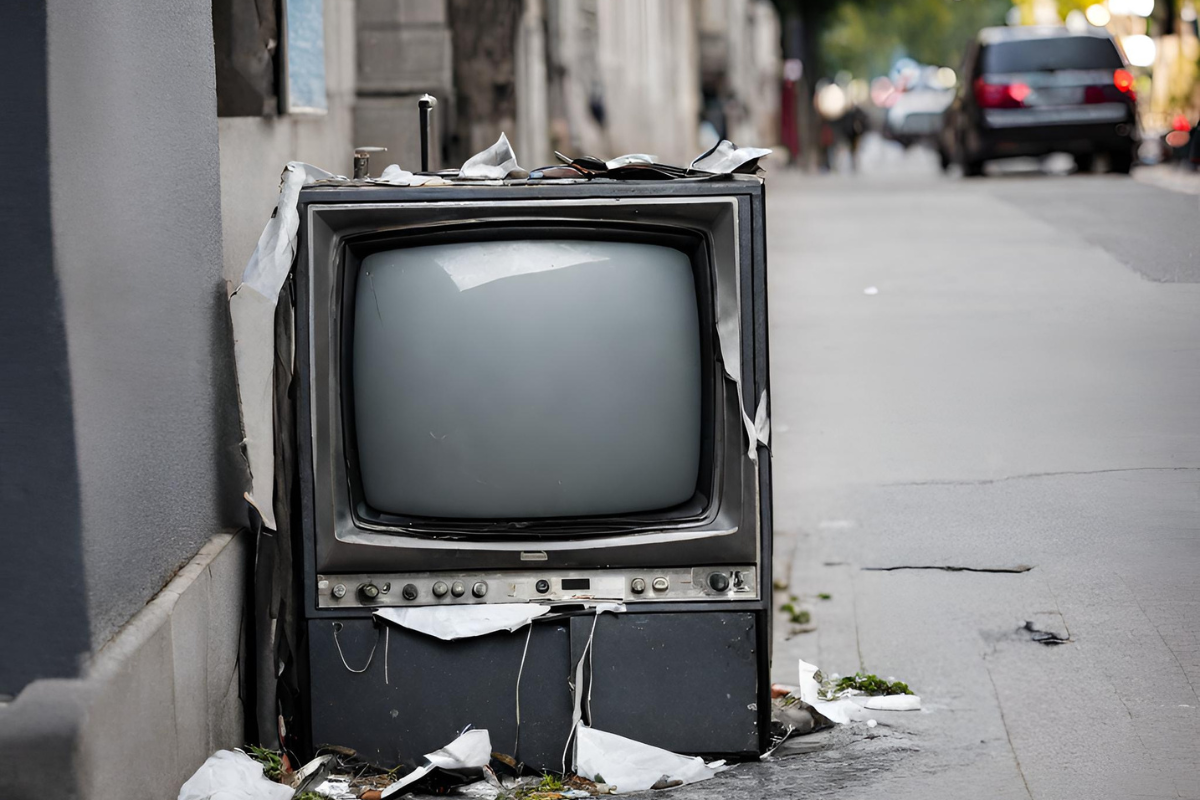
These electronics often end up in landfills where they release harmful chemicals, creating more pollution and damaging our health. According to Statista, the United States alone produced more than seven million metric tons of e-waste. So, while it may not seem like a glaring threat, it very much is and if we are to lower its impact, we need to act now. But before we get into our solutions, let’s properly talk about the ways it threatens our plants and environment.
5 Ways E-Waste Threatens Our Plants and Environment
On this day, we want to be able to plant more trees, and plants, and to emphasize their importance of them. However, e-waste affects more than just plants. It directly contaminates all areas of the environment, which indirectly affects our plants as well. Here are the five ways e-waste threatens our plants and environment:
1. Soil Contamination
First off is soil contamination. If an e-waste disposal company is not careful, the waste can leak into the ground and spread into nearby communities, and plants. E-waste contains hazardous substances such as lead, mercury, and cadmium, all of which can be disastrous for plant growth and pollution. Toxic metals accumulate in plants, posing health risks to both wildlife and humans.
Heavy metals, dioxins, PBDEs, and acids can damage the plant’s cells, alter their metabolisms, and slow their growth. We depend on trees and plants for oxygen, nutrients, tools, and a healthy ecosystem.
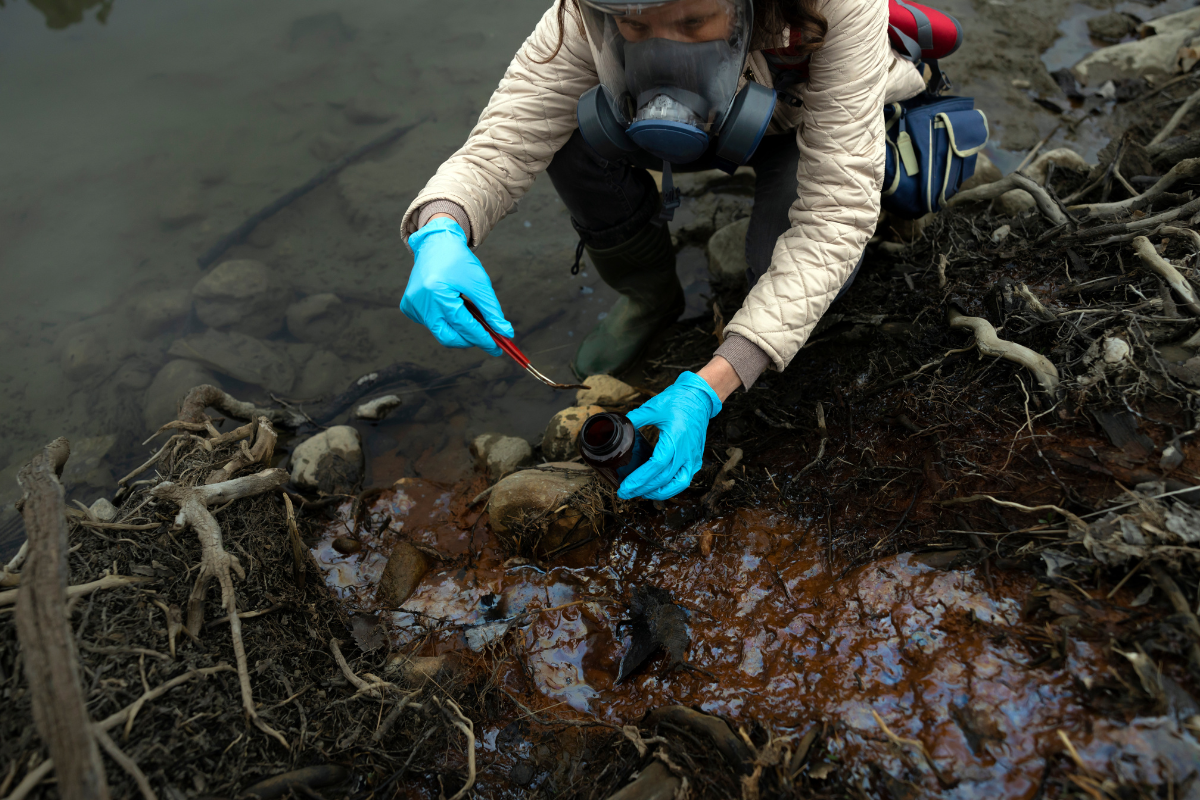
2. Water Pollution
The same goes for bodies of water as well. When those heavy metals make their way into groundwater, they get into ponds, lakes, rivers, and other streams. The acidification and detoxification make it unsafe for the organisms that live in those water streams.
Polluted water sources harm aquatic plants and animals, disrupting entire ecosystems and jeopardizing biodiversity. When that water is contaminated, it not only risks the lives of our aquatic life, but nearby human communities as well. If we’re exposed to this or try to drink, it can lead to many health problems.
3. Air Pollution
Third is how e-waste contributes to air pollution. When our electronics reach landfills, they get incinerated, which releases harmful pollutants and toxic materials into the air, including dioxins and furans, which can lead to respiratory illnesses. Airborne contaminants settle on plant surfaces, impeding photosynthesis and compromising plant health.
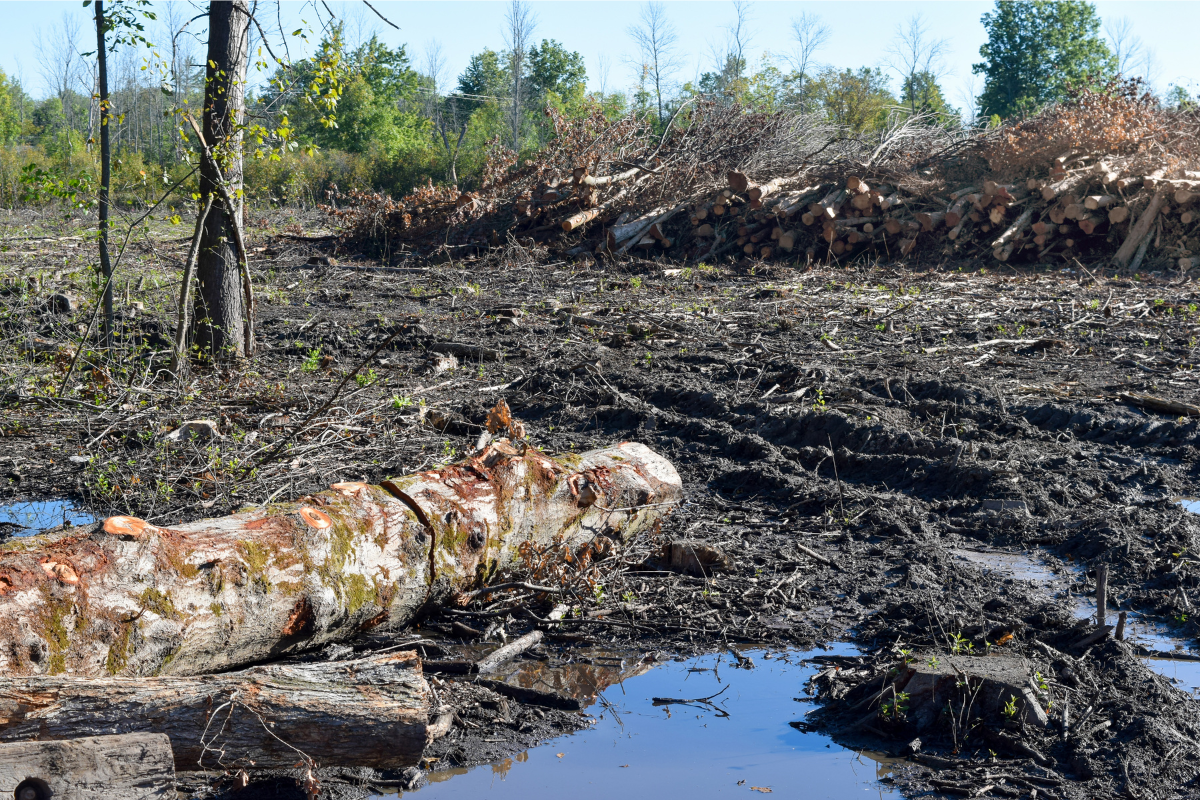
4. Habitat Destruction
Unregulated e-waste dumping sites often encroach upon natural habitats, leading to habitat destruction and fragmentation. We can have a big loss of biodiversity, and deny innocent animals of basic needs like food, water, or shelter.
5. Wildlife Endangerment
Exposure to e-waste contaminants poses significant risks to wildlife, leading to reproductive abnormalities, developmental disorders, and population decline. Endangered species are particularly vulnerable to the impacts of electronic waste pollution, further exacerbating the biodiversity crisis.
Solutions to Lower E-Waste
To lower these threats, proactive measures must be taken to reduce, reuse, and recycle electronic devices. A big way electronic surplus happens is through businesses. This is why there are many companies out there that specialize in e-waste surplus disposal with many methods. Having a sustainable IT Asset Disposition (ITAD) is incredibly helpful.
ITAD helps keep your IT assets safe while disposing of your electronics in a way that’s good for the environment. Alongside that, it helps your data security through proper data destruction. Make sure you’re working with a company that has proper certifications, for example, they should be R2v3 and ISO certified.
Consider taking part in local community events. There are many philanthropists out there dedicated to planting more trees and protecting our environment. It has even become quite popular on the internet due to content creators such as Mr. Beast, who made a viral video where he planted over 24 million trees back in 2019.

If getting involved in big projects seems too much of a leap for you right now, let’s start with something smaller and breaking down everyday misconceptions. There are some people who may think that their old electronic devices that they keep in their closet aren’t affecting anything.
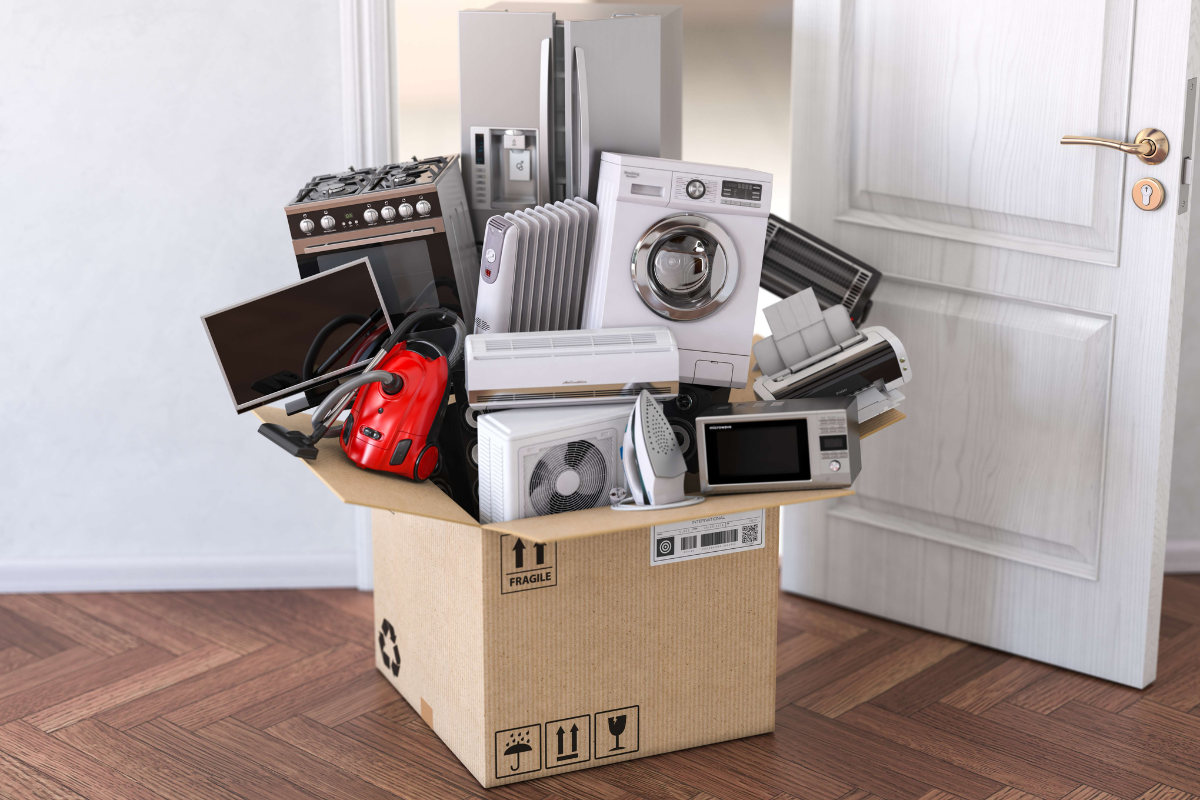
This is a common misconception since Manufacturing companies often do not have enough resources to make our new iPhones, laptops, etc., which creates this need to extract precious materials from our planet. This leads to deforestation, unnecessary labor, and climate change. If we just recycle our old devices, they can be used to create new ones.
Lastly, if you’re not worried about your sensitive data, and your electronics are still in working condition, feel free to donate/sell them. Places like Goodwill or the Salvation Army will gladly accept them, where another person can give them a second life. If you want to sell them, consider putting them up on eBay, in a garage sale, or put them on sale through apps such as OfferUp!
Conclusion
This Arbor Day, let’s remember why it was created in the first place. Even as far back as the 1800s, we had people like J. Sterling Morton trying to advocate for environmental sustainability. Today, our climate crisis is much worse, and we need to be able to use these holidays as friendly reminders to all do our part. While the damage of e-waste can seem scary, we must focus on what we can do first.


